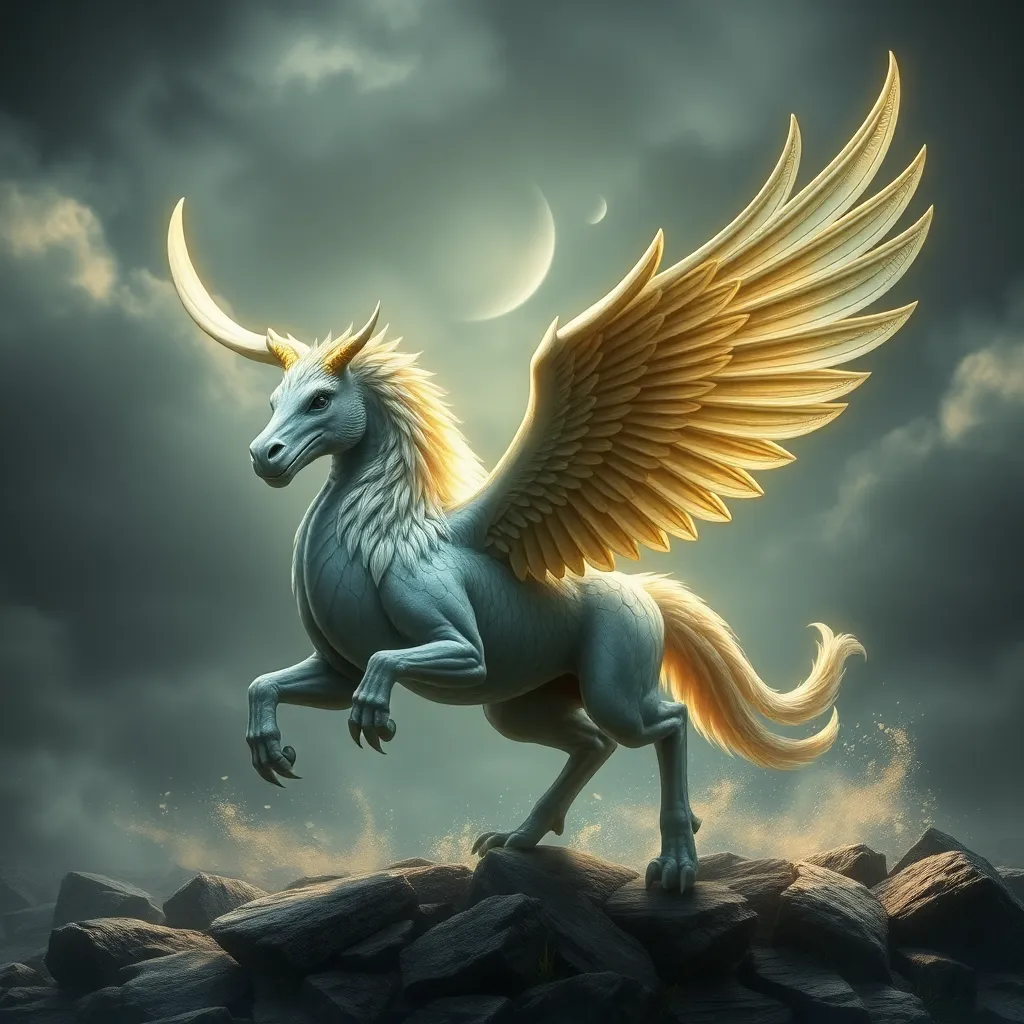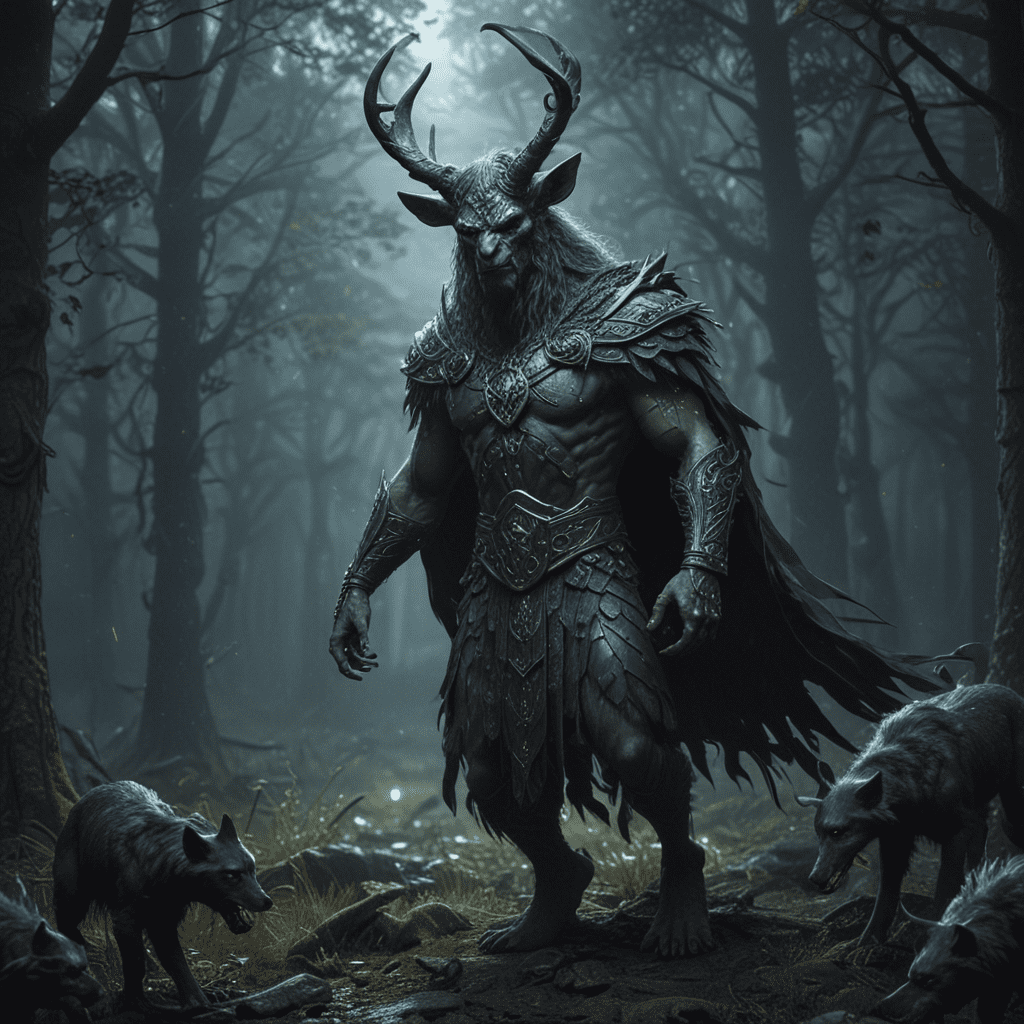The Wolf’s Journey to Ragnarok: Tracking Fenrir’s Path to Destiny
I. Introduction
In the rich tapestry of Norse mythology, few figures are as compelling and fearsome as Fenrir, the great wolf. Fenrir’s story is intertwined with the themes of fate, rebellion, and destruction, culminating in the cataclysmic event known as Ragnarok. This article aims to trace Fenrir’s journey from his origins to his ultimate role in Ragnarok, exploring the significance of his character within Norse cosmology.
II. The Origins of Fenrir
Fenrir is one of the three children of Loki, the trickster god, and the giantess Angerboda. His siblings include the serpent Jörmungandr and Hel, the ruler of the underworld. From the very beginning, Fenrir was marked by a prophecy that foretold his destructive potential.
- Birth and lineage: Fenrir was born in Jötunheim, the land of giants, and his lineage signifies a connection between the gods and the chaotic forces of the cosmos.
- The prophecy: A prophecy warned that Fenrir would play a crucial role in the downfall of the gods during Ragnarok, instilling fear among the Aesir.
- Early signs of power: Even as a pup, Fenrir exhibited extraordinary strength, alarming the gods and setting the stage for his eventual fate.
III. Fenrir’s Growth and the Gods’ Fear
As Fenrir grew, so did his strength and ferocity. The gods, recognizing the threat he posed, became increasingly apprehensive.
- Rapid growth: Fenrir grew at an alarming rate, becoming larger and more powerful than any wolf known to the Aesir.
- Attempts to bind Fenrir: In a desperate bid to control him, the gods attempted to bind Fenrir with chains. Each binding was broken easily, showcasing his immense strength.
- Gleipnir binding: Ultimately, the gods enlisted the help of the dwarves, who crafted Gleipnir, a magical ribbon that could bind Fenrir without force. This binding was significant as it represented the gods’ fear and their desperate measures against fate.
IV. The Role of Fenrir in Norse Mythology
Fenrir is not merely a monstrous wolf; he embodies deeper themes in Norse mythology.
- Symbol of chaos: Fenrir represents chaos and the untamed aspects of nature, challenging the order that the gods attempt to uphold.
- Fate and inevitability: His story is a poignant reminder of the inevitability of fate, as foretold by prophecies that even the gods cannot escape.
- Relationships with mythological figures: Fenrir’s connection with Odin, the chief of the gods, adds depth to his character, highlighting the tension between creator and creature.
V. The Prelude to Ragnarok
As Ragnarok approaches, various signs and omens herald the coming doom, with Fenrir at the center of these events.
- Signs and omens: The world experiences unnatural phenomena, such as the Fimbulwinter, a great winter that precedes Ragnarok.
- Prophesied escape: It is foretold that during Ragnarok, Fenrir will break free from his bindings, unleashing his fury upon the world.
- Other beings and forces: The release of Fenrir is aided by other forces of chaos, including Loki, who breaks free from his own bindings.
VI. The Climax of the Wolf’s Journey
The climax of Fenrir’s journey occurs during the great battle of Ragnarok, where he confronts Odin, the Allfather.
- Confrontation with Odin: Fenrir and Odin engage in a fierce battle, symbolizing the ultimate clash between chaos and order.
- Significance of their battle: This battle reflects the overarching themes of sacrifice, fate, and the cyclical nature of destruction and rebirth.
- Impact on the fate of the gods: The death of Odin at the jaws of Fenrir marks a profound shift in the balance of power in the Norse cosmos, leading to the downfall of the Aesir.
VII. Aftermath and Legacy of Fenrir
The aftermath of Ragnarok sees significant changes in the world, and Fenrir’s role leaves a lasting legacy.
- Consequences of Fenrir’s role: With the death of Odin and the destruction of the old order, Fenrir’s actions lead to the rebirth of the world, as foretold by the prophecies.
- Themes of fate and rebellion: Fenrir’s story reflects the complex interplay of fate and rebellion, illustrating how even the mightiest can be bound by destiny.
- Modern interpretations: Fenrir continues to inspire modern adaptations of mythology, appearing in literature, film, and popular culture as a symbol of primal power and rebellion against oppression.
VIII. Conclusion
Fenrir’s journey is one of tragedy and inevitability, marking a significant chapter in Norse mythology. His story serves as a reminder of the enduring themes of fate, chaos, and the struggle against the inevitable. As we reflect on Fenrir’s tale, we see the delicate balance between fate and free will, a balance that resonates throughout the ages and continues to captivate the imagination.
![]()



